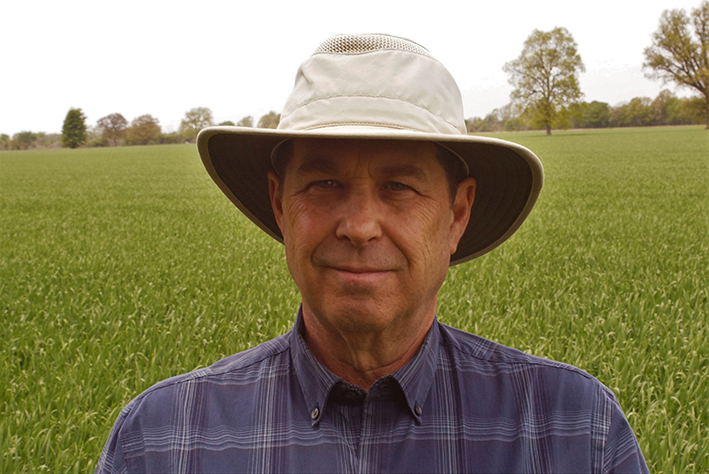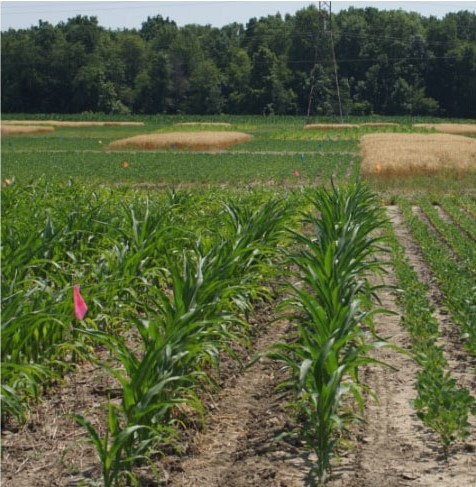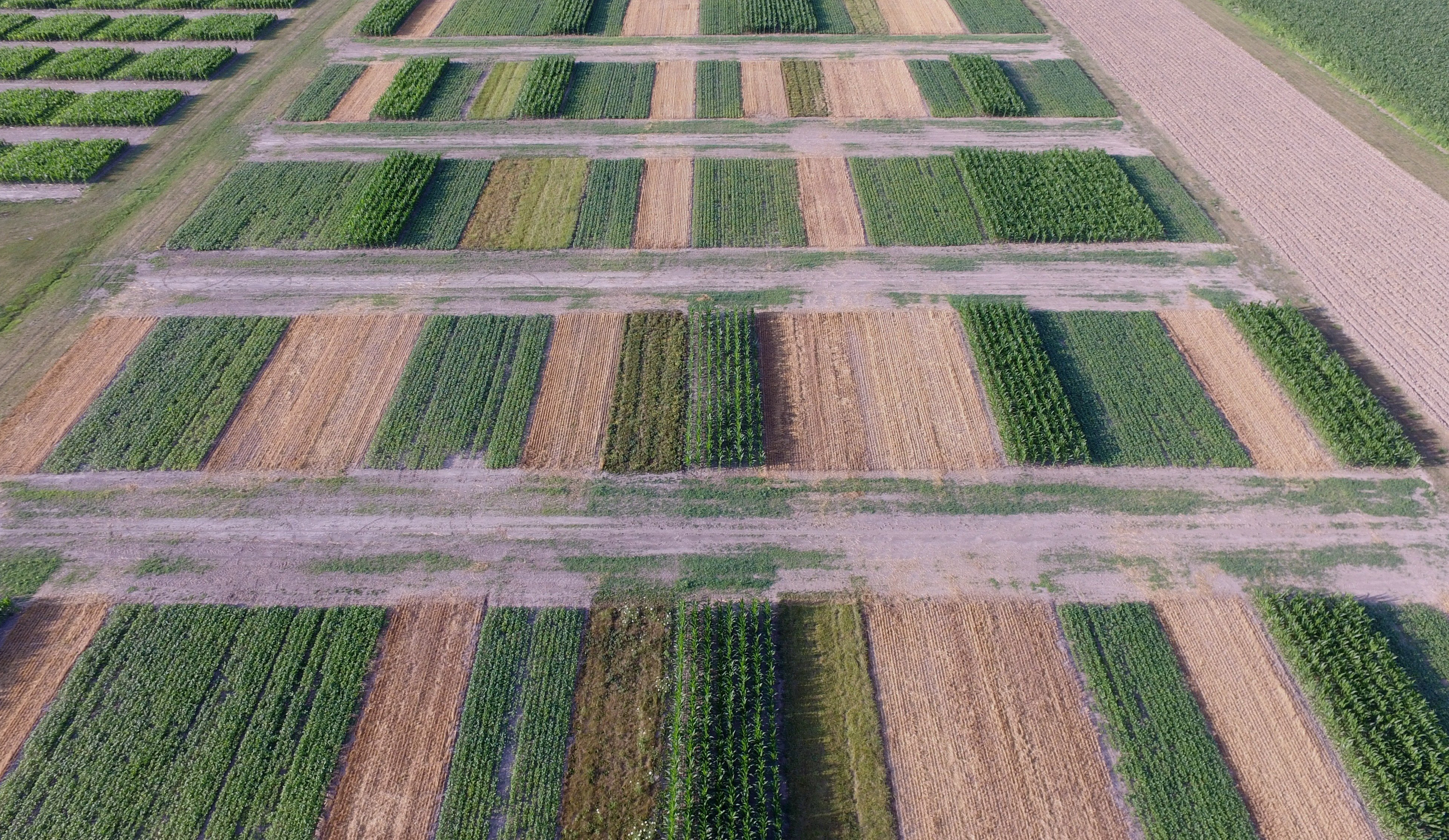For more information
Media Relations
Agriculture and Agri-Food Canada
1-866-345-7972
aafc.mediarelations-relationsmedias.aac@agr.gc.ca
Scientists around the world are developing sustainable ways to increase biodiversity and feed a growing population in a changing climate. Major crops, such as corn, are sensitive to extreme weather events including extended droughts - and these events are likely to occur more often in the future. That is why Agriculture and Agri-Food Canada (AAFC) scientists at the Harrow Research and Development Centre (HRDC), Drs. Craig Drury, Xueming Yang, Dan Reynolds, Lori Phillips, Ikechukwu Agomoh, and Jingyi Yang, took to the fields to study how diverse crop rotations can help corn respond to extreme weather while improving soil health for future production.
There were two long-term crop rotation studies. The first study evaluated the impact of diversified crop rotation on yield resilience to adverse weather conditions at 11 long-term field trials across North America with 347 site-years of yield and climatic data. Two of the field sites were from Canada: a 58-year HRDC crop rotation trial involving a comparison of monoculture corn to corn in a four-year rotation with oats and two years of alfalfa at Woodslee, Ontario; and a 37-year University of Guelph rotation trial at Elora Ontario.
Results from the North American study confirm those at the Ontario sites. Comparisons of long-term corn monoculture, two-crop rotations, and more diverse rotations, showed that increasingly diversified rotations improved corn yields across all growing conditions, including during growing seasons with extended droughts. In fact, having more diverse crop rotations can increase average corn yields by 28% over time and across all growing conditions. When conditions were good, yields increased by more than 22%, and in drought years corn yields were 14 to 90% greater when corn was grown following other crops in a diversified rotation compared to a simple rotation.
In a second study using a long-term trial, started in 2001 at AAFC Woodslee, the HRDC team compared monoculture corn, soybean and winter wheat cropping to 2-year, 3-year and 4-year rotations involving these field crops as well as a red clover cover crop. This study compared crop yields from each rotation sequence with weekly greenhouse gas emissions (GHG) samples collected over a three-year period during the growing season. A series of nine soil health indicators were also analyzed, including soil organic carbon, potentially mineralizable nitrogen and particulate organic matter.
The team found that corn grain yields were 38-42% greater when grown in a 3-year corn-soybean-winter wheat rotation with and without red clover cover crop compared to monoculture corn. Similarly, soybean yields in the same 3-year rotation were increased by 51-54% compared to monoculture soybean.
Soil carbon and potentially mineralizable nitrogen, followed the same pattern as crop yields, demonstrating the positive co-benefits of crop rotations on soil health. With increased soil organic carbon and nitrogen content, soil biodiversity is enhanced and nutrients are consequently made more bio-available for future crops.
“Soil health indicators have proven critical for predicting how changes in management practices may impact long-term sustainability and soil resilience to adverse climate conditions,” says Dr. Drury.
In addition to improving soil health and nutrient availability for crops, diverse rotations also play a part in reducing GHG emissions. For example, nitrous oxide emissions from soils planted to corn were reduced by 37 to 49% when corn followed winter wheat or soybean in the rotation compared to monoculture corn. Diverse rotations can help reduce nitrous oxide emissions from agricultural soils.
“Once long-term diverse rotations become established, you can start seeing multiple benefits including increased crop yields, enhanced soil carbon, lower nitrous oxide emissions and improved soil health.”
- Dr. Craig Drury, Soil Management and Biochemistry Research Scientist, Agriculture and Agri-Food Canada
Dr. Drury and his team believe that agricultural systems with increased biodiversity, such as diverse crop rotations, can reduce risks from climate change and should be considered an essential component for addressing global food production challenges. A systems approach to environmental sustainability and yield resilience, such as diverse crop rotations, is a central component of risk-reduction strategies and will be helpful in guiding future agricultural decisions.
Key discoveries (Benefits)
- Diverse crop rotations are a sustainable management practice that can increase biodiversity and improve corn crop performance during extreme weather events in a changing climate.
- Studies show that diverse crop rotations can improve yields for all crops in the rotation regardless of whether growing season presents few weather challenges or substantial challenges, such as extended droughts.
- The co-benefits of long-term diverse crop rotations further help future crops mitigate the effects of a changing climate. These co-benefits include: reduced greenhouse gas (GHG) emissions from soil; increased availability of soil nutrients for crop uptake; reduced soil erosion; and improved soil biodiversity.
Photo gallery


